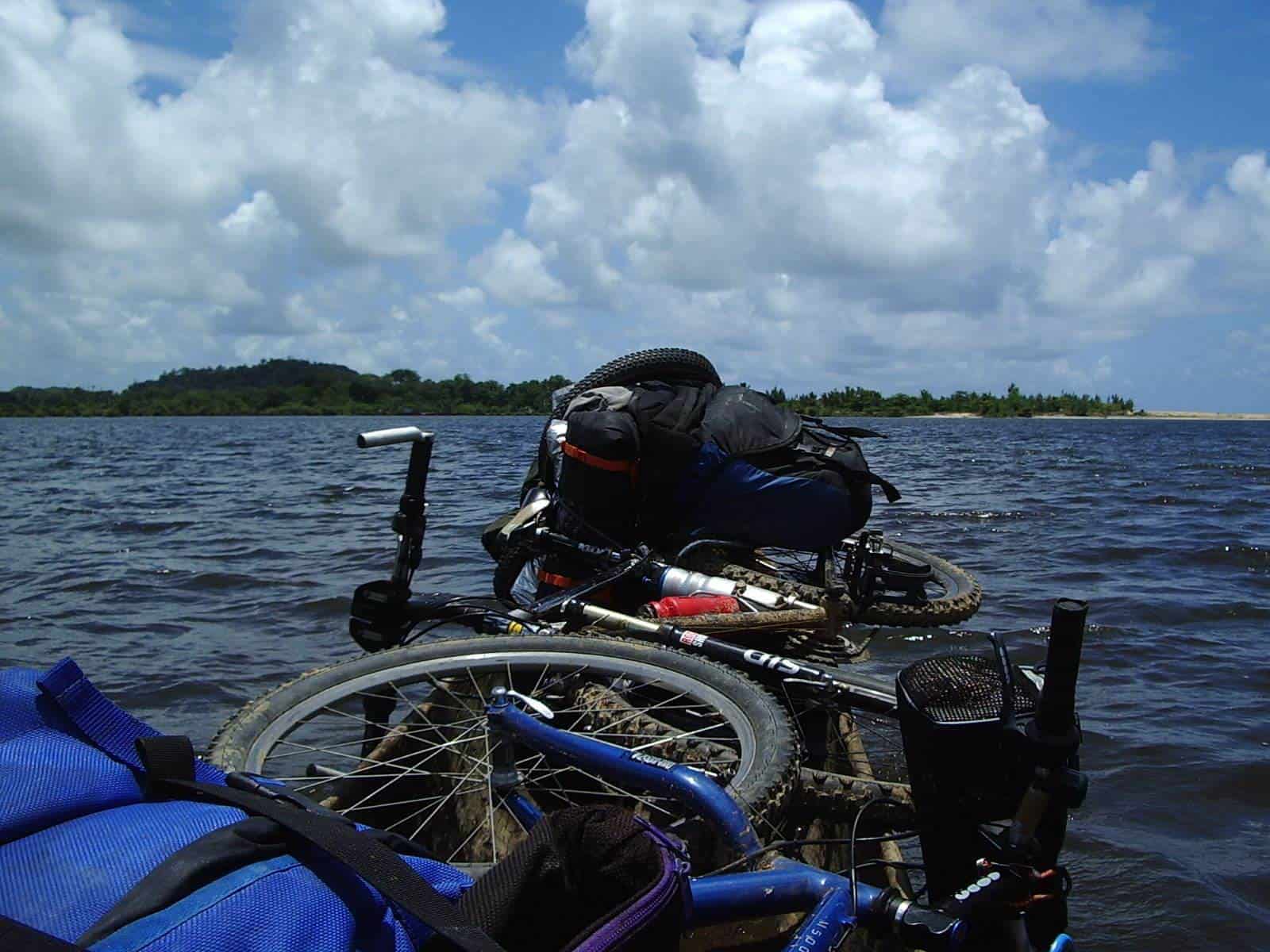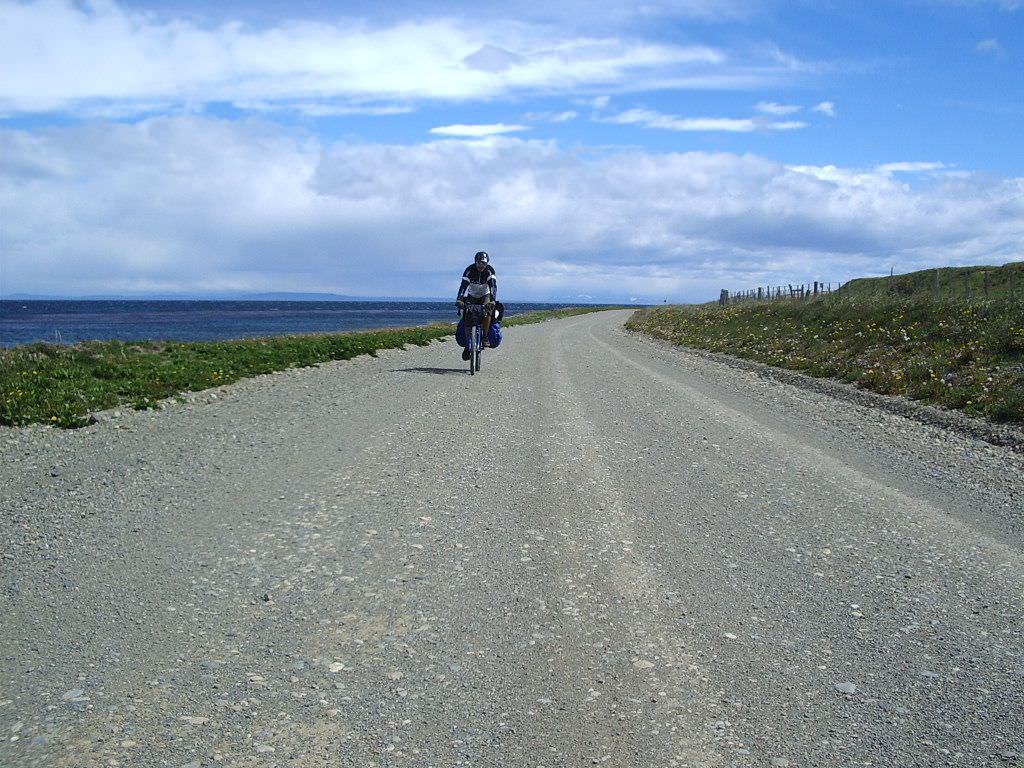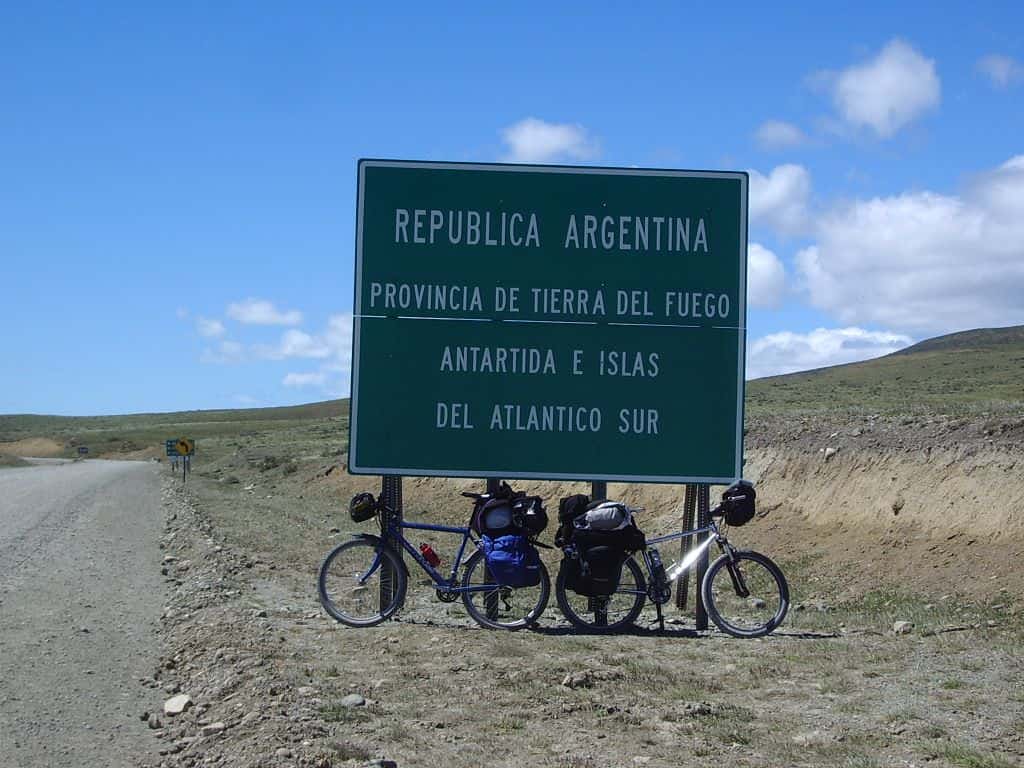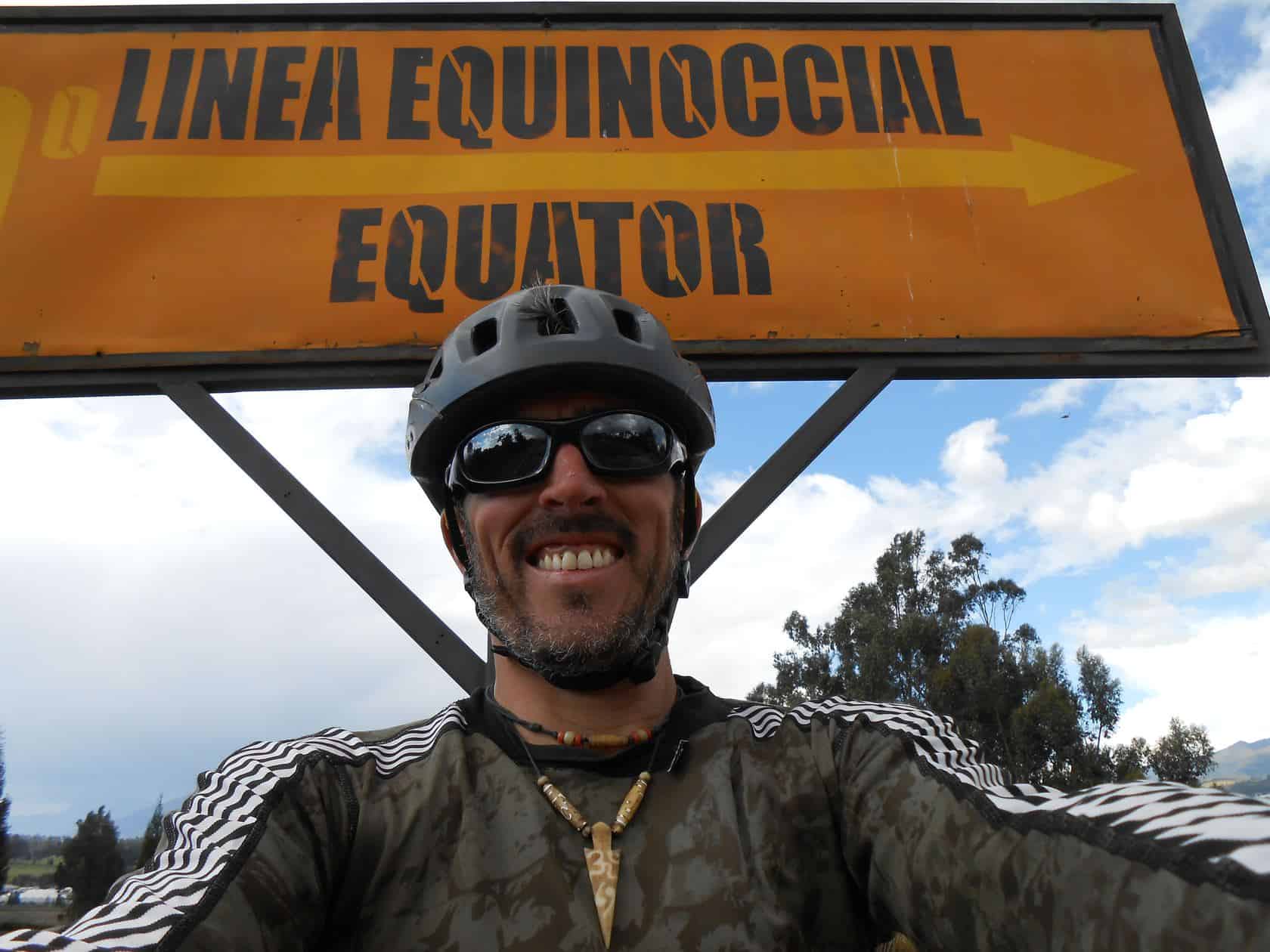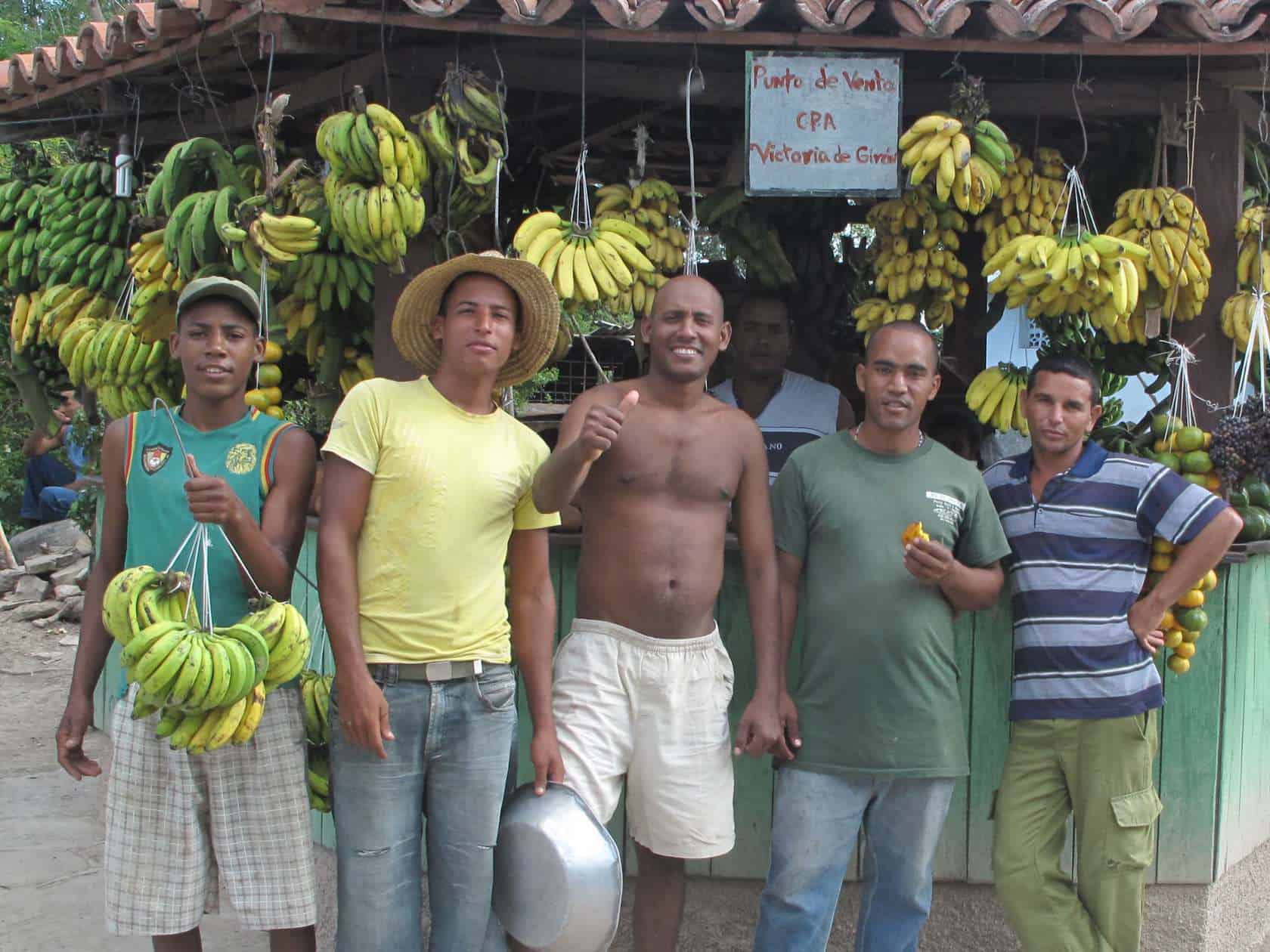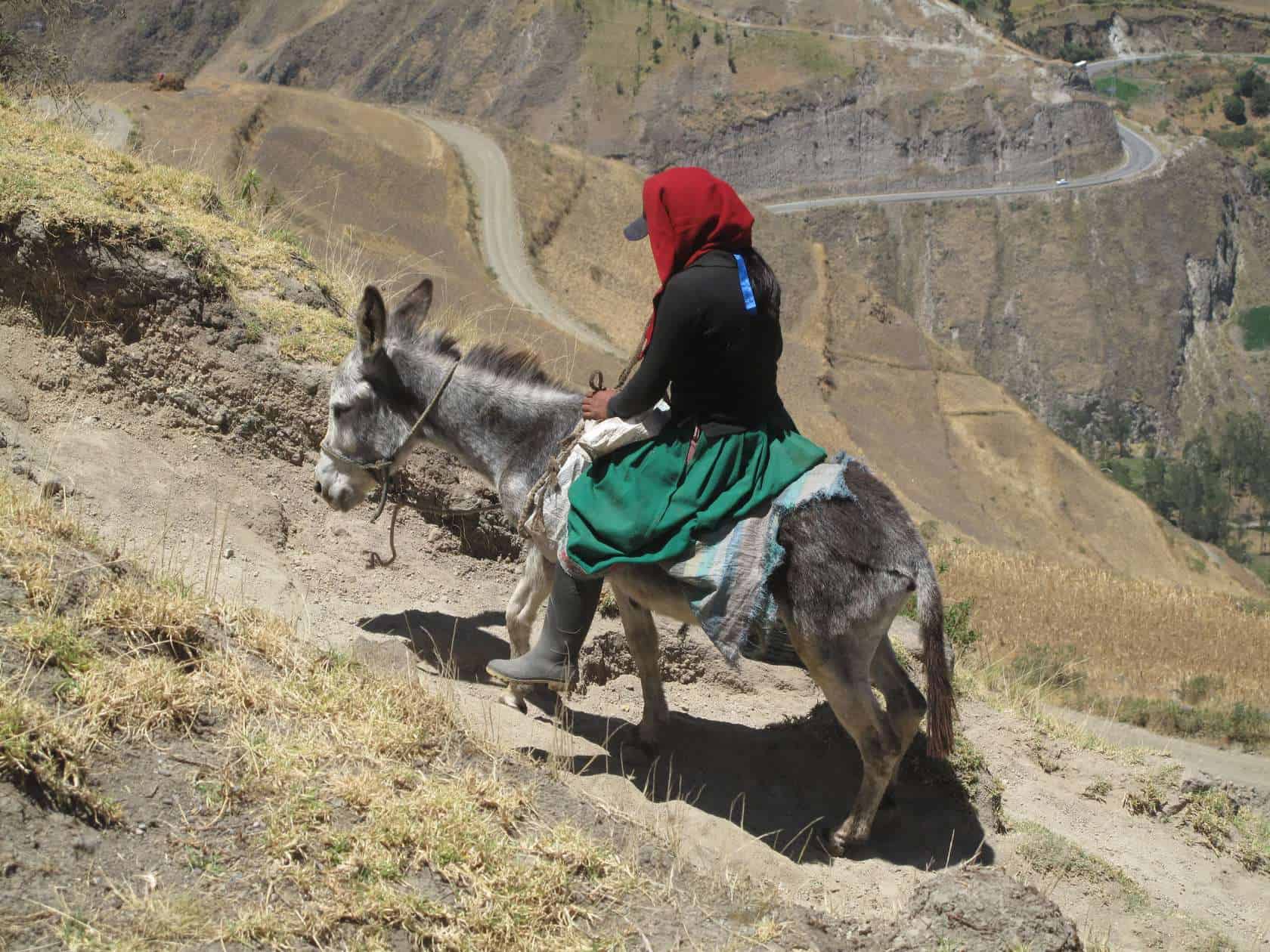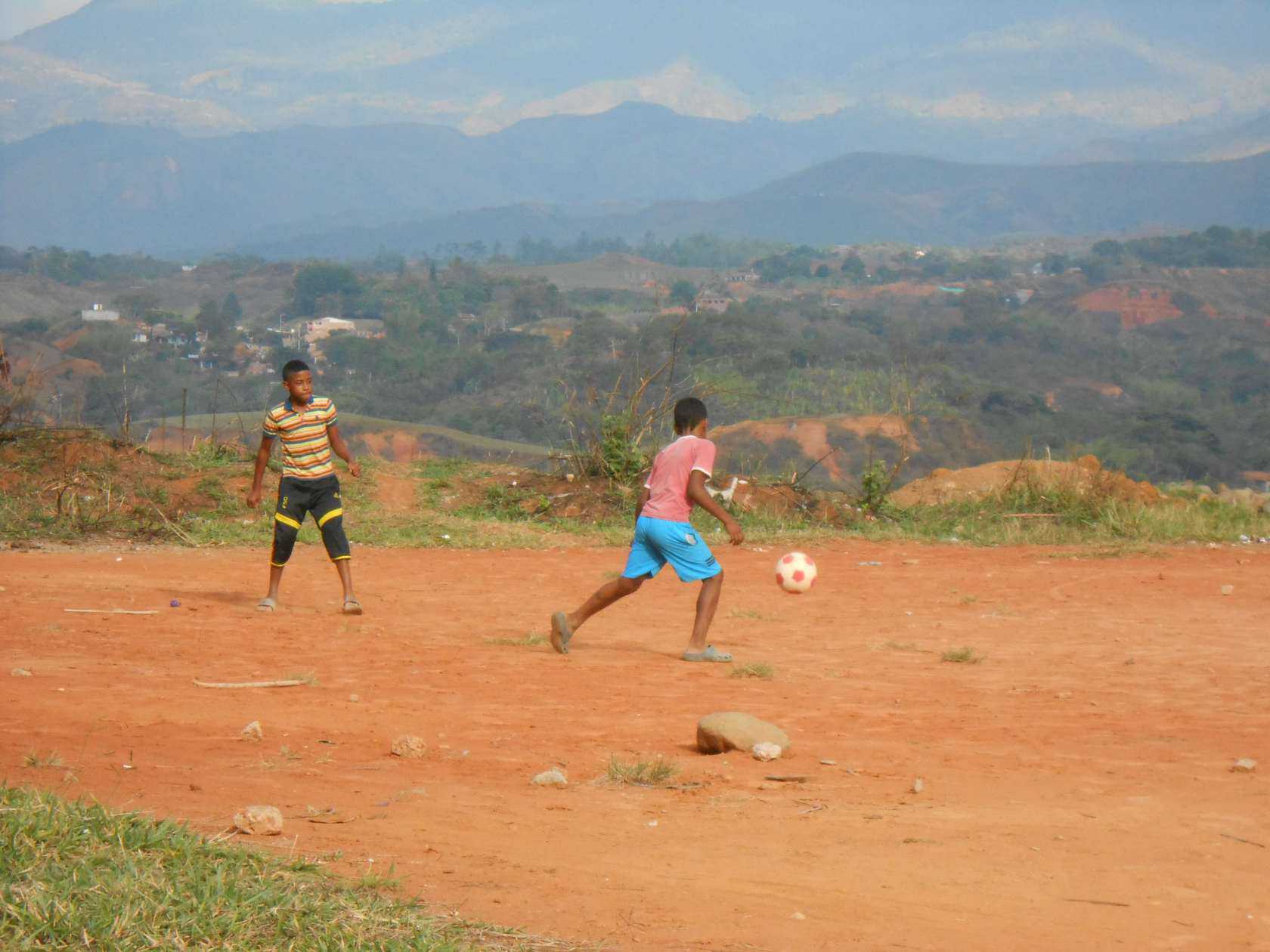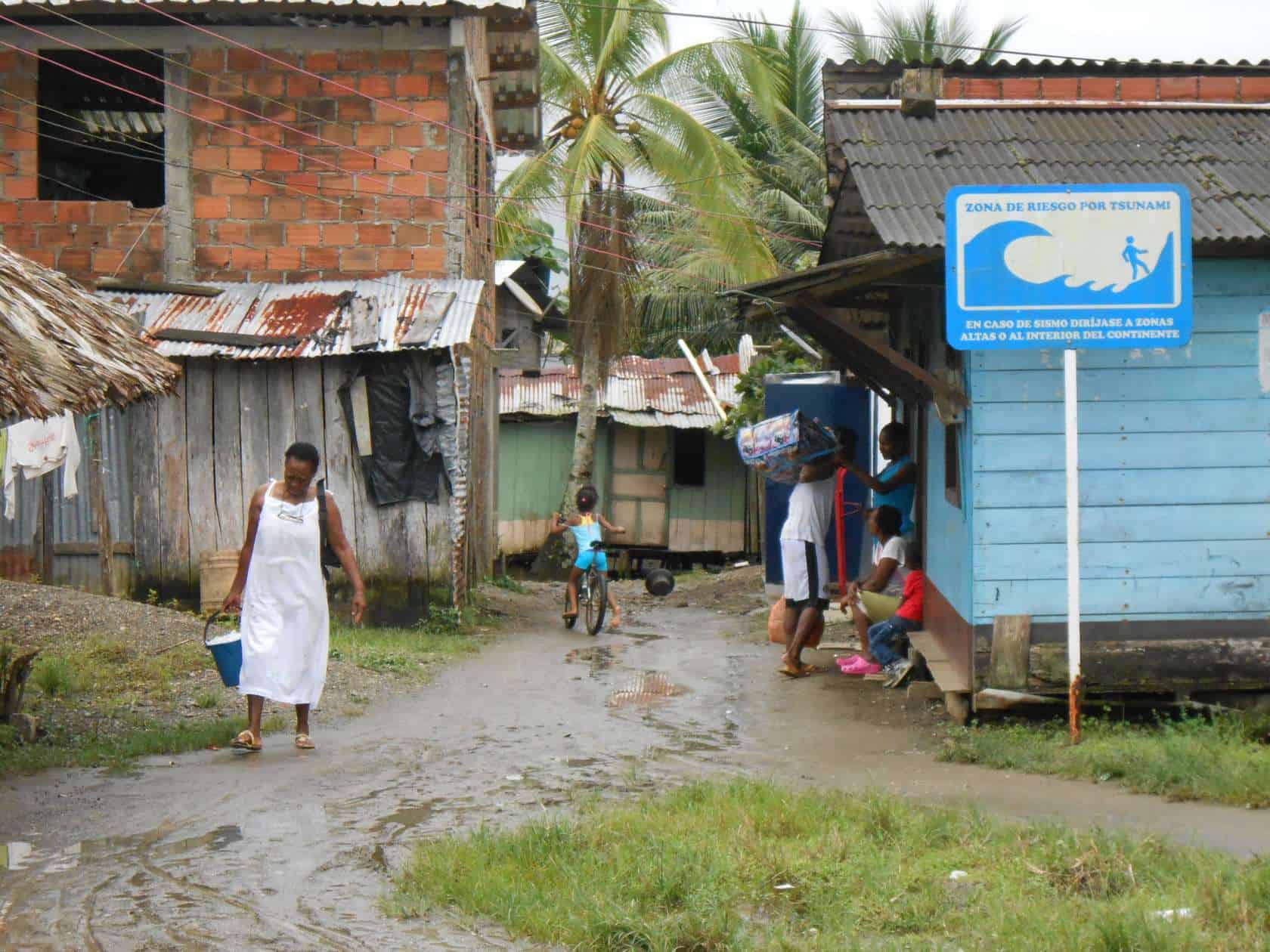This is a tale about adventure at its core
Frenchman Laurent Champalloux thinks outside the box. He owns two lives. Every year, this restaurant owner morphs into a bearded adventurer who travels the world on his mountain bike for several weeks in a row, sometimes months, mostly alone, sometimes a little broke, always unarmed. From South America to Southeast Asia, he goes to the most remote and wonderful places on earth, places we may never even have heard of. This is a tale about a man who is very much alive.
By Gaël Couturier
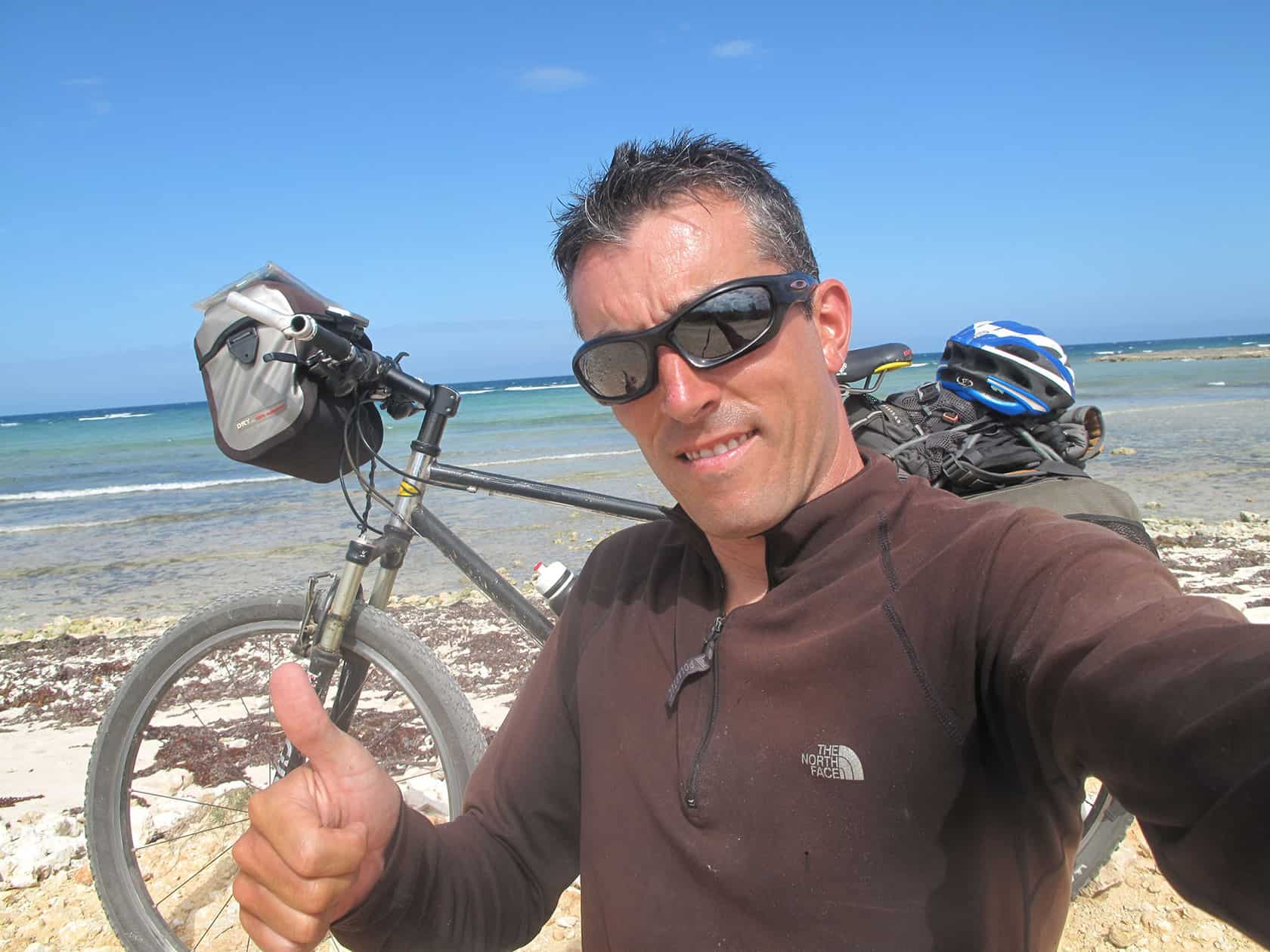
Here’s a French kid with predestinations to anti-conformism, Han Solo style. He used his frustrations to run faster, harder.
“I always liked cowboys, the ones from the movies. They had more free space, more freedom than anyone. I grew up in a small village in the West part of France, close by a town called Châtellerault, around Poitiers. My father was a carpenter and my mother didn’t work. I was quite a hyperactive kid. By the age of 12, like most French kids, I played soccer for my local club. Unfortunately, I ended up sitting on the bench most of the games because our coach had many more gifted kids to rely on. I used this frustration later on the track where I beat every single one of them. I was hooked on running. Soccer didn’t matter anymore. By the age of 18, I went for my one-year military service. Since I was into making bread and pastries as a civilian, the army kept me in the kitchens. For some mysterious reasons, my sergeant even banned me from any running. I was mad. At the time, the Cooper fitness test was used as a reference everywhere in France, and when I finally managed to meet the officer in charge I begged him to let me try that Cooper test. He didn’t know I was a strong runner so when I broke the record of the whole battalion him and all his fellow superior officers loved it. They kept me in the good books for the rest of my service. My PB at the time were 32’52’’ on a 10K and 1h15’ on half-marathons. When I left the army, I didn’t have as much time to train anymore. Since I’ve always liked to race, I was often registering into races without proper training. The experience was often painful but I still managed to enjoy it. Today I run 30-35 min, max. I find longer distances quite boring. I don’t really train for my cycling adventure either. I just go and do it. Of course I’m enduring pain for the first 10 days, but then I’m fine. I guess it’s the time for my body to acclimatize and re-build the muscles I may have lost since the last trip. Then, after 10 days, I usually feel super strong. I feel like nothing can happen to me anymore. I can mountain bike for 100 to 200 km a day (62 to 124 miles) pretty much anywhere in the world without any problem. I’m not a cowboy, fine, but the kid I was would still be proud of the man I am today: they ride for hours. So do I”.
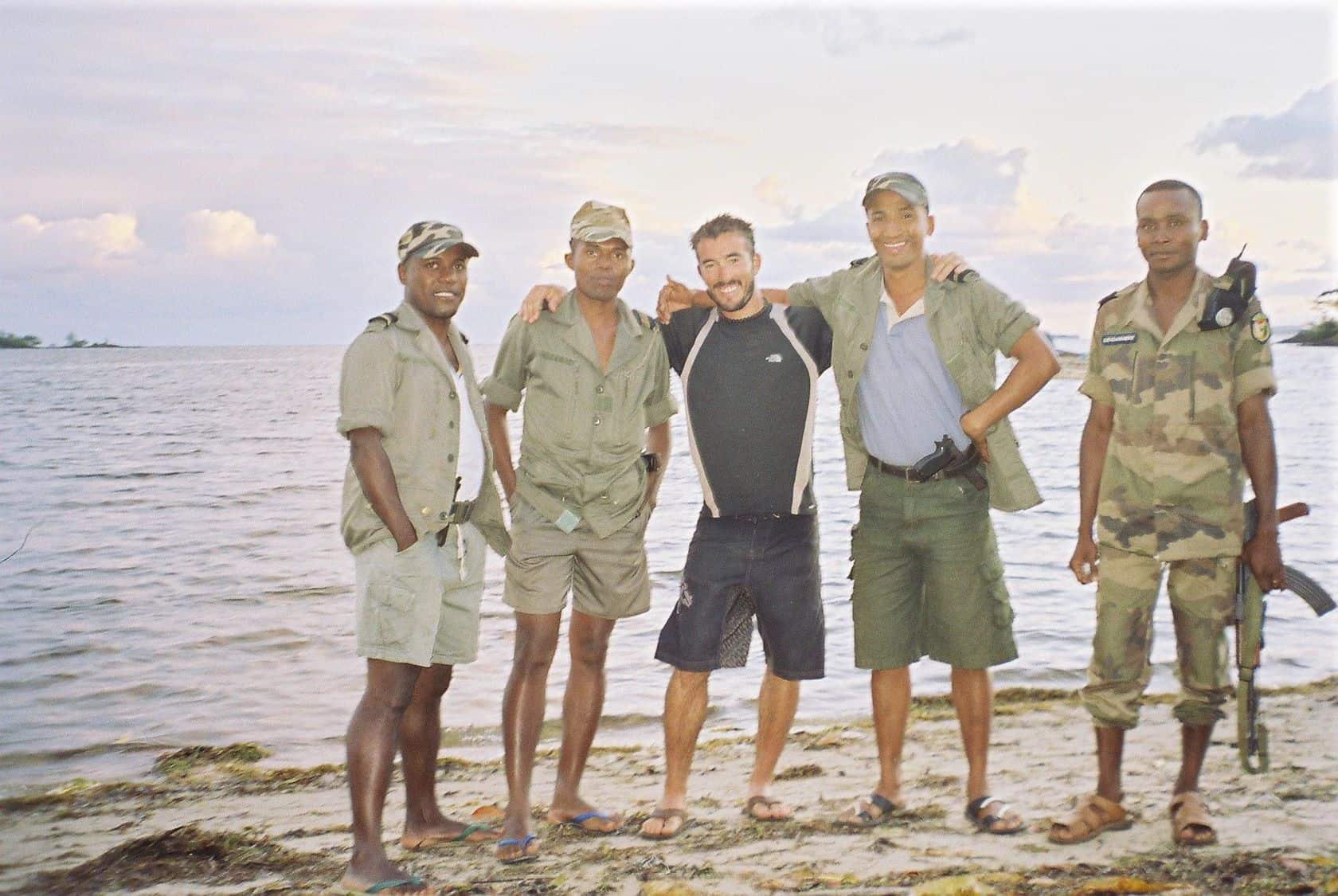
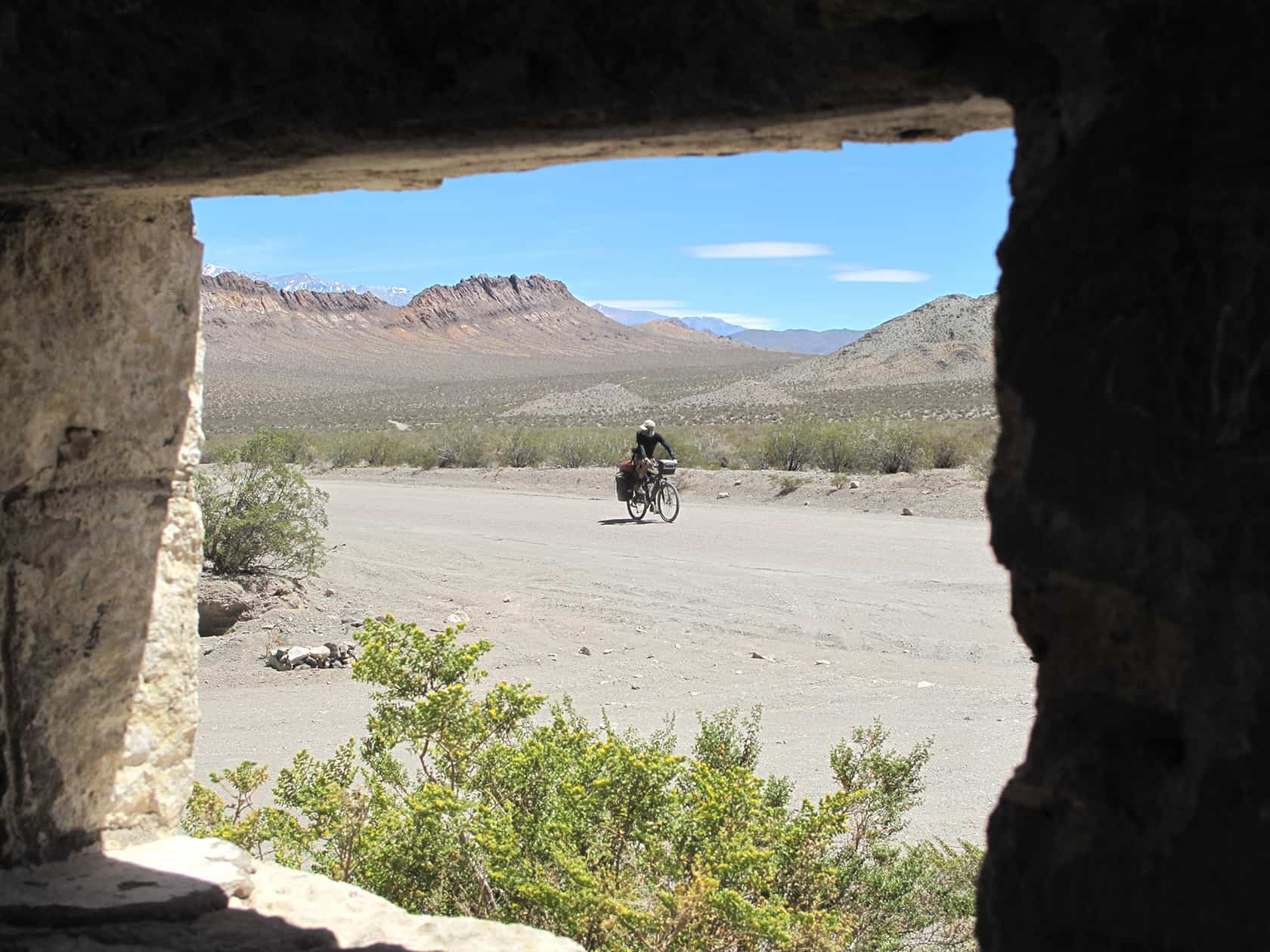
Like Joseph Conrad on the Congo River, this French cyclist felt a calling in Africa. It was an eye-opener that his inner Kurtz was alive.
Life lesson n°1: the best way to learn and grow is to challenge yourself.
“My first adventure was in Australia. I was 28 years old at the time and I had decided to tour most of the country. A few months before, a colleague of mine told me about a trip of his in Africa. The more I was listening to his stories, the more the kid I was in my childhood started to wake up from a long monotonous sleep. He inspired me to do the same: leave, go, bike… repeat. 15 years later, I have been biking in Argentina, Bolivia, Chile, China, Colombia, Cuba, Ecuador, Jamaica, Madagascar, Sri Lanka, Namibia, Nepal, Mongolia, Russia and Spain. I have sometimes tried to motivate other people to come with me but, past the usual spark of enthusiasm, most never commit. I don’t wait for anyone anymore. I traveled with friends 3-times: In Argentina, we rode from Buenos-Aires to Ushuaia. Then, with the same friend, we went to the Northeast side of Madagascar. Finally, another friend and I went from La Paz, in North Bolivia, to Mendoza, in the middle of West Argentina, most of it passing through Chile. Traveling on my own makes it easier for me to meet other people. I go to them much more and they also come to me much more. It’s a win-win thing. It’s also much easier to find a place to stay at night when it’s just me and my bike.
“I self-taught myself photography during those trips and now it’s a very important part of my journeys. I am constantly amazed by what is going on around me. I love the element of surprise. It suits my contemplative personality. I look at everything: people, landscapes, wildlife. I also meditate. When I came back from that first trip in Australia, I felt much lighter. My mind, my soul, everything about me was lighter, even my weight! In had left a lot of my worries and my stress over there. I used to think my work was my life but those trips helped me realize that I wasn’t made to be so self-centered around it. I started to listen to people around me more, people from older generations I mean. Slowly, I integrated the fact that you should never let your work threaten your well-being. Those trips save my life. They’re like a good car wash. They leave me clean and ready to charge.
Laurent Champalloux could have come up with the quote from David Fincher’s movie Fight Club: “The things you own, end up owning you”. When he’s gone, he does not own much: a bike, a tent, and a few dehydrated food packages.
Life lesson n°2: The longer the journey, the more things will be put in perspective.
Life lesson n°3: no matter how bad it is, look at the bright side of it. There’s always a solution.
“I manage to live with the minimum in the most remote place on earth so what can happen to me when I’m back home? Which problem cannot I solve really? Once I’m gone and land in a country, I usually need around $400-450 per month to sustain myself. I eat what’s available for cheap, rice mostly, tuna also and chicken sometimes. I may bring a few dehydrated food packages if I feel that I may get stuck in a specific country. Those saved me in Bolivia for example. Usually I loose around 6 to 7 kg (13 to 15,5 lbs) on a two-month trip, especially if there’s altitude involved. In Australia, since it was my first trip as a cyclist, and since I remained in the coastline and was able to eat as much as I wanted every evening, I ended up gaining 10 kg (22 lbs) of muscles. If the conditions are good, I sleep 10 hours a night, eat a lot of proteins and spend the rest of my time exercising. That’s a pretty healthy lifestyle don’t’ you think? Sometimes, the climate takes its toll on the body. In Vietnam, not even after a week there, I had already lost 5 kg (11 lbs). Cycling in Nam was pure torture. No wonder nobody ever won that war! Humidity is a killer. I was constantly dripping sweat, all day, all night long. For the water, I usually try to buy and carry as much mineral water as I can. I avoid using too many chemicals like purification tablets because I’m afraid it would be unhealthful in the long run. I have never really been sick from food or water intoxication. I guess I’m lucky like that”.
“For sleeping, I bring my tent with me all the time, that way I don’t spend any money on accommodations. The exception is Cuba. It is a place where it’s really easy to find home stays. I remember in Bolivia one night, there was too much wind for my tent to stay put so I knocked on the door of a private house. The owners welcomed me inside and offered a tiny corner on their living room. I slept on the floor. It was great. Usually, I’m so tired. For personal hygiene, since I can’t shower as much as I’d like to, I bring skin cleansing wipes for a daily use. To survive out there, anywhere, I also rely on maps. Lonely Planet travel books are also a great source of reliable informations. Depending on the country I’m in, I spontaneously go to the police and the army to get me maps. They always have the best maps. Bolivian army sold me two maps once. They saved me from getting lost, or worse. I don’t carry a GPS or a satellite phone like some backpackers that I’ve met. I’m pretty old school that way. I look at the sun positioning. The only technical device I carry is a pedometer on the bike. It motivates me a lot”.
“I had never really biked before my first trip. I bought my first bike and used it for two consecutive weeks before departure. I ride 120 km a day on an average (75 miles). In the Namibia desert, because it was so flat, I rode an average of 140-160 km a day. That’s 4200 to 4800 km a month (2600 to 3000 miles). Of course the altitude, the elevations gain and of course the weather have to be accounted for. One day, in Bolivia, I started at about 3000 m above sea level (10 000 feet), rode up a pass at 5000 m (16 400 feet) and then went down again to 4100 m (13450 feet). It took me 12 hours to ride 25 km. I had never suffered like that in my entire life. The longest ride I took in one day was in Los Angeles: I crossed the entire town from North to South. That was 200 km (124 miles). Another cyclist from Japan did it with me. The next day, he refused to get up his cot and ride with me”.
“Every five year or so I get a new bike. They’re all mountain bike with front suspensions. They cost around $800 and $1200 and they’re all aluminum. I had a lighter carbon bike once but after its second long trip, the frame broke. It gave up on me. Sometimes I carry an extra tire but most of the time I just carry one more tube and as much patches as I can. It is more than enough. I’ve had so many flats. I’m an expert now. In North Vietnam, I was stuck in a village for 5 consecutive days because of the monsoon. When the sun finally broke back, I left. But there was so much mud that I didn’t go anywhere: a few km down the trail, I broke my derailleur. This was the end of my trip. I only had done 1600 km in Vietnam (994 miles). Back in Hanoi, I met a Canadian guy who taught me how to ride a motorcycle. We both headed back North, each one of us riding his ancient motorcycles from WWII. That’s unforgettable. In Namibia, I broke a wheel. A Swiss company had designed it for me and I had ridden it for more than 20 000 km before it broke (12430 miles). Local villagers guided me from one village to another and after 3 or 4 days, I reached back Windhoek, the capital of Namibia. There’s always a solution”.
Small time thugs, communist police, and Australian magpies bird are the worst.
Life lesson n°4: The most dangerous beast on earth is man.
Life lesson n°5: Constantly check out the moon. Full moon wakes up evil in people.
“As long you have a good physical shape and a positive mental state, you’ll be fine. But you’ve got to have the will to keep going and the right mindset from the start. The key is not to ask yourself too many questions. The key is to go, to “just do it”. The unknown is my everyday partner. Any minute can bring a severe change in my plans. I don’t mind that. Cuba could probably be a best first-timer destination because it’s so safe and easy to navigate. Bolivia or Nepal would definitely be the hardest because of the altitude. One day, I was in the Andes and I saw three guys coming at me fast. They were yelling and they looked pretty agitated. I was higher on the trail so I just took off. They chased me. I couldn’t bike uphill: it was just way too steep. I ran as quickly as I could, pushing my bike forward. I was completely out of breath but the adrenaline kept me going. Fortunately, they gave up. I had a close call that day. Even if they had kept me alive, there was no way I could have survived up there without my water, my food and my clothes. I would have died quickly. I guess there are a few guidelines on how to stay safe. You need to remember that your worst enemy is man. When I’m traveling, I mute into a different person. I grow a beard and I hide at night. I behave discreetly during the day but if I have to, I can talk back, stand up to weirdoes and show that I’m not afraid. That is key. If they read fear on your face, you’re gone.
“As surprisingly at it seems, the one thing that I really care about is the moon. When the moon is full, people go crazy. It’s not a myth. I’ve seen it. There’s more aggression in the air. I always carry a moon calendar with me and when full moon approaches, I avoid certain places. I’m also very careful during weekends because, all over the world, people drink and men go mad. 3 years ago in Nepal, in the mountains, two drunken guys approached me. I didn’t play their game and talked my way out but that is the kind of situation that has happened to me a few times. In Ecuador, I was seated outside of a bar, in the middle of nowhere when two guys on a motorbike passed by. They saw me, they stopped and one of them started talking trash and asking for money. I stood up to him and showed him some attitude back. He looked at me and…nothing, they just left. Then the restaurant owner came out and asked me if I was fine. I told him there was nothing to worry about, that it was just the full moon driving people crazy. He looked at me and said: “I think you’re right”. Sometimes people ask me why I don’t carry a gun or a knife but I think that carrying a weapon will always affect your behavior. You will end up using the weapon and, probably, make things worse for yourself. I met a traveler once who was carrying an extendable baton. Since it’s non-lethal, that could indeed be the safest self-defense tool. I don’t know. I just don’t believe in being armed. In Vietnam, one evening, two cops entered my hotel room and started asking me questions. For some reason they had been following me and were convinced that I was a spy. My embassy got involved and I was finally released. I’m sure that if I had a concealed weapon with me at that time, I would have end up in a Vietnam jail and be kept there to this day.
“I was only really scared once in my life. It happened in Australia when I repeatedly came under attack of magpies, local medium-sized passerine birds. Magpies reproduce during the months of September and October and for some reason it drives them nuts. They suddenly become extremely aggressive toward everything that moves. And since I was constantly on the move, they attack with full force, showing no mercy. There, I lived through Hitchcock’s horror movie, The Birds. Literally. Magpies always attack you from behind your back so the trick is to wear two pairs of sunglasses, one being behind your head. Australians farmers told me about it, but later. Those little Magpies killing machine aim directly at your head and every time they hit your helmet with their beak, the noise is intolerable, very frightening. They also scream a lot. It really sounds like a battle cry. I remember being alone on that empty trail when this single little magpie was lying on a branch of a lonely tree. I tried to shout back at him, to showcase my own war scream. All I ended up doing was losing my voice. Of course I couldn’t avoid being hit by that silly bird. Some other time, the local police in Namibia saved me. My tent was set up in an elephant path and I didn’t even notice it. The police woke me up and asked me quite nicely to find a different spot a bit further away. The elephants went by. I survived”.
French painter Paul Gauguin fell in love with Tahiti and escaped from a doomed artificial European civilization to the Marquesas Islands. Paul-Emile Victor, the French ethnologist, settled in Bora-Bora at the end of his life to rest from a life of adventure mostly spent in the coldest countries. Unlike those father figures, Laurent Champalloux, will never put down roots in one of his numerous secret places, sunbathe on a white sand beach, marry a local princess, diet on mangoes and other fruity jewels from his bright green jungles.
Life lesson n°6: Being from the western world, we often forget how good our life is.
Life lesson n°7: become who you are. That’s Laurent Champalloux secret of happiness.
“I like metropolitan France too much. I like our wines, our food, our women, our countryside. What can I do? I’m in love with French culture. The thought of permanently leaving France has never ever occurred to me. My life is good. From November to April, I work in the restaurant that I own in the Alps, in Val d’Isère. I put some money aside so I can head out in the month of May and June. I’m usually back from my trips in July and I start working again, on another restaurant located in the Southwest of France, in the Bordeaux region. I am not married, I don’t have kids but I sure feel the need for passing on. Of course I tell my friends my stories but the most important thing I do when I’m back is frame some pictures for my restaurant”.
“South America holds a very special place in my heart. The landscapes are so different from one location to the other. The Andes mountain range and the Altiplano in Bolivia are among my favorites places on earth. The Salar de Uyuni, the world’s largest salt flat located at 3656 meters (11995ft) is a dream to me. It’s lunar and filled with rock islands and hundreds of cactus growing up on them. I felt alone there, serene. I love Africa too. It is just so different from anywhere else. Because most of it hasn’t change in hundreds of years, it’s a paradise for mountain biking: there are tons of unpaved empty roads. Nature is at its best there. In Namibia, I spotted 200 to 300 different animals crossing my path every day. Sometimes, at night, I could hear them roaming around my tent, touching it sometimes, even slightly pushing it. One morning, I found lion footsteps all around it. It was beautiful”.
“In the future, I’d like to bike in Central America. Countries like Panama, Belize, Guatemala or Mexico are very attractive to me. In Africa, I’d like to go to Malawi, in the southeast, by the Rift Valley. Then there’s Tanzania also, Ethiopia. When I look at traveling books or photography books, those are the places that I’m dreaming of. Everywhere I went has been in my priority list. Everything else will be a bonus, big cherries on the big cakes of my life. Recently, Shelter, a young environmental-friendly French sunglasses brand decided to sponsor me. I’m the only one of my kind in their team. The others are mountains athletes, pro riders and all. I guess they liked my trips right? I don’t know. But I’m happy”.











